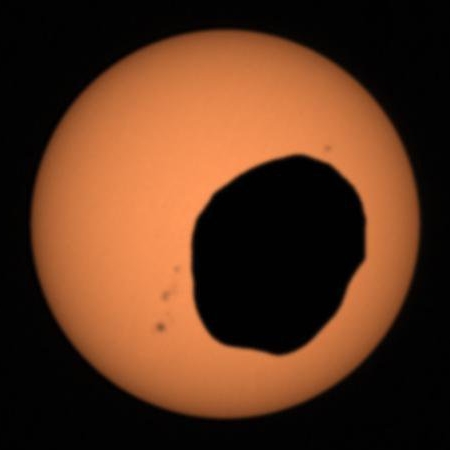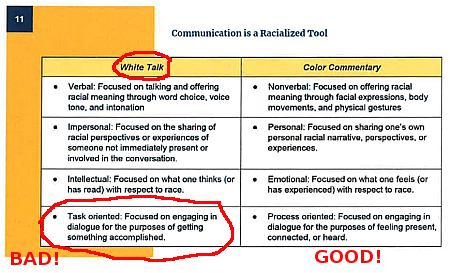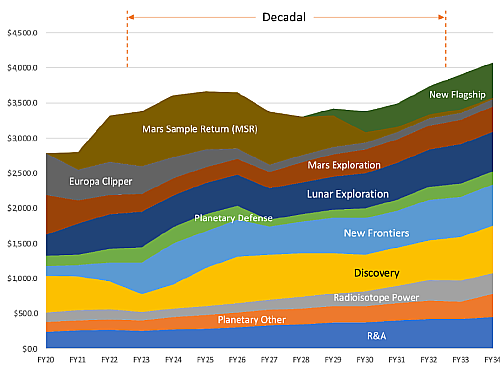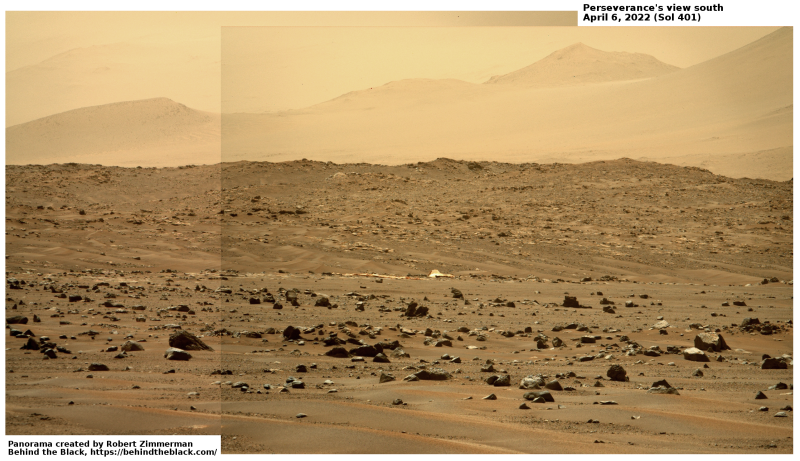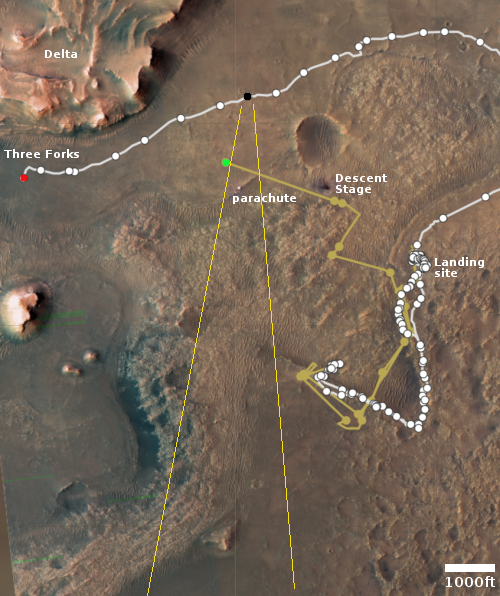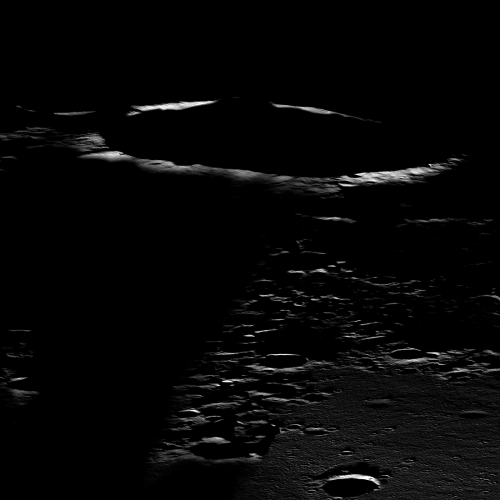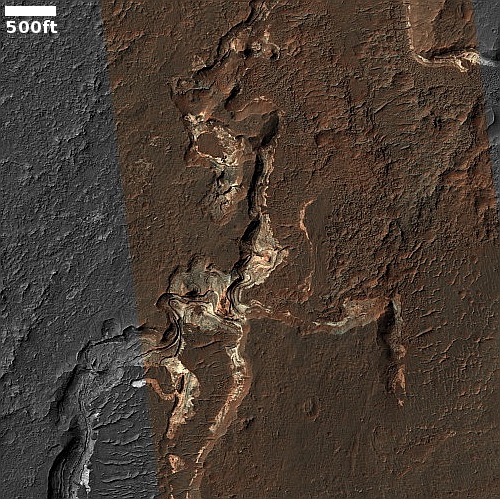Astronomers discover new type of stellar explosion
Using data from the orbiting TESS observatory and the ground-based Very Large Telescope (VLT) in Chile, astronomers have detected evidence of a new type of stellar explosion they have dubbed a “micronova.”
The micronova appears to be a smaller version of a nova, which brightens the entire star for a month or so.
A white dwarf in a two-star system can steal material, mostly hydrogen, from its companion star if they are close enough together. As this gas falls onto the very hot surface of the white dwarf star, it triggers the hydrogen atoms to fuse into helium explosively. In novae, these thermonuclear explosions occur over the entire stellar surface. “Such detonations make the entire surface of the white dwarf burn and shine brightly for several weeks,” explains co-author Nathalie Degenaar, an astronomer at the University of Amsterdam, the Netherlands.
Micronovae are similar explosions that are smaller in scale and faster, lasting just several hours. They occur on some white dwarfs with strong magnetic fields, which funnel material towards the star’s magnetic poles. “For the first time, we have now seen that hydrogen fusion can also happen in a localised way. The hydrogen fuel can be contained at the base of the magnetic poles of some white dwarfs, so that fusion only happens at these magnetic poles,” says Paul Groot, an astronomer at Radboud University in the Netherlands and co-author of the study.
What this discover really reveals is that as our astronomical observing technology improves, we can observe a greater variety of stellar phenomenon. Expect astronomers in future years to detect an even wider variety of stellar explosions, most of which have not be detectable up until now because we simply couldn’t see them.
Using data from the orbiting TESS observatory and the ground-based Very Large Telescope (VLT) in Chile, astronomers have detected evidence of a new type of stellar explosion they have dubbed a “micronova.”
The micronova appears to be a smaller version of a nova, which brightens the entire star for a month or so.
A white dwarf in a two-star system can steal material, mostly hydrogen, from its companion star if they are close enough together. As this gas falls onto the very hot surface of the white dwarf star, it triggers the hydrogen atoms to fuse into helium explosively. In novae, these thermonuclear explosions occur over the entire stellar surface. “Such detonations make the entire surface of the white dwarf burn and shine brightly for several weeks,” explains co-author Nathalie Degenaar, an astronomer at the University of Amsterdam, the Netherlands.
Micronovae are similar explosions that are smaller in scale and faster, lasting just several hours. They occur on some white dwarfs with strong magnetic fields, which funnel material towards the star’s magnetic poles. “For the first time, we have now seen that hydrogen fusion can also happen in a localised way. The hydrogen fuel can be contained at the base of the magnetic poles of some white dwarfs, so that fusion only happens at these magnetic poles,” says Paul Groot, an astronomer at Radboud University in the Netherlands and co-author of the study.
What this discover really reveals is that as our astronomical observing technology improves, we can observe a greater variety of stellar phenomenon. Expect astronomers in future years to detect an even wider variety of stellar explosions, most of which have not be detectable up until now because we simply couldn’t see them.




